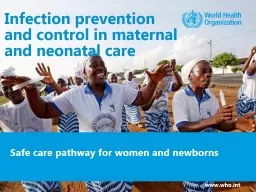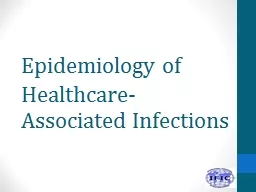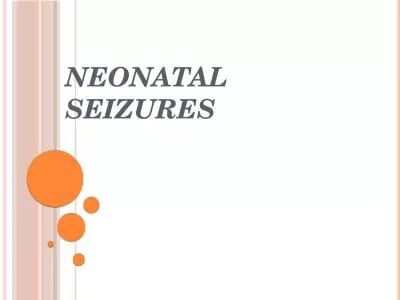PPT-Neonatal infections Pathogenesis and Epidemiology
Author : ethlyn | Published Date : 2023-07-28
Infections are a frequent and important cause of neonatal and infant morbidity and mortality As many as 2 of fetuses are infected in utero and up to 10 of infants
Presentation Embed Code
Download Presentation
Download Presentation The PPT/PDF document "Neonatal infections Pathogenesis and Ep..." is the property of its rightful owner. Permission is granted to download and print the materials on this website for personal, non-commercial use only, and to display it on your personal computer provided you do not modify the materials and that you retain all copyright notices contained in the materials. By downloading content from our website, you accept the terms of this agreement.
Neonatal infections Pathogenesis and Epidemiology: Transcript
Download Rules Of Document
"Neonatal infections Pathogenesis and Epidemiology"The content belongs to its owner. You may download and print it for personal use, without modification, and keep all copyright notices. By downloading, you agree to these terms.
Related Documents

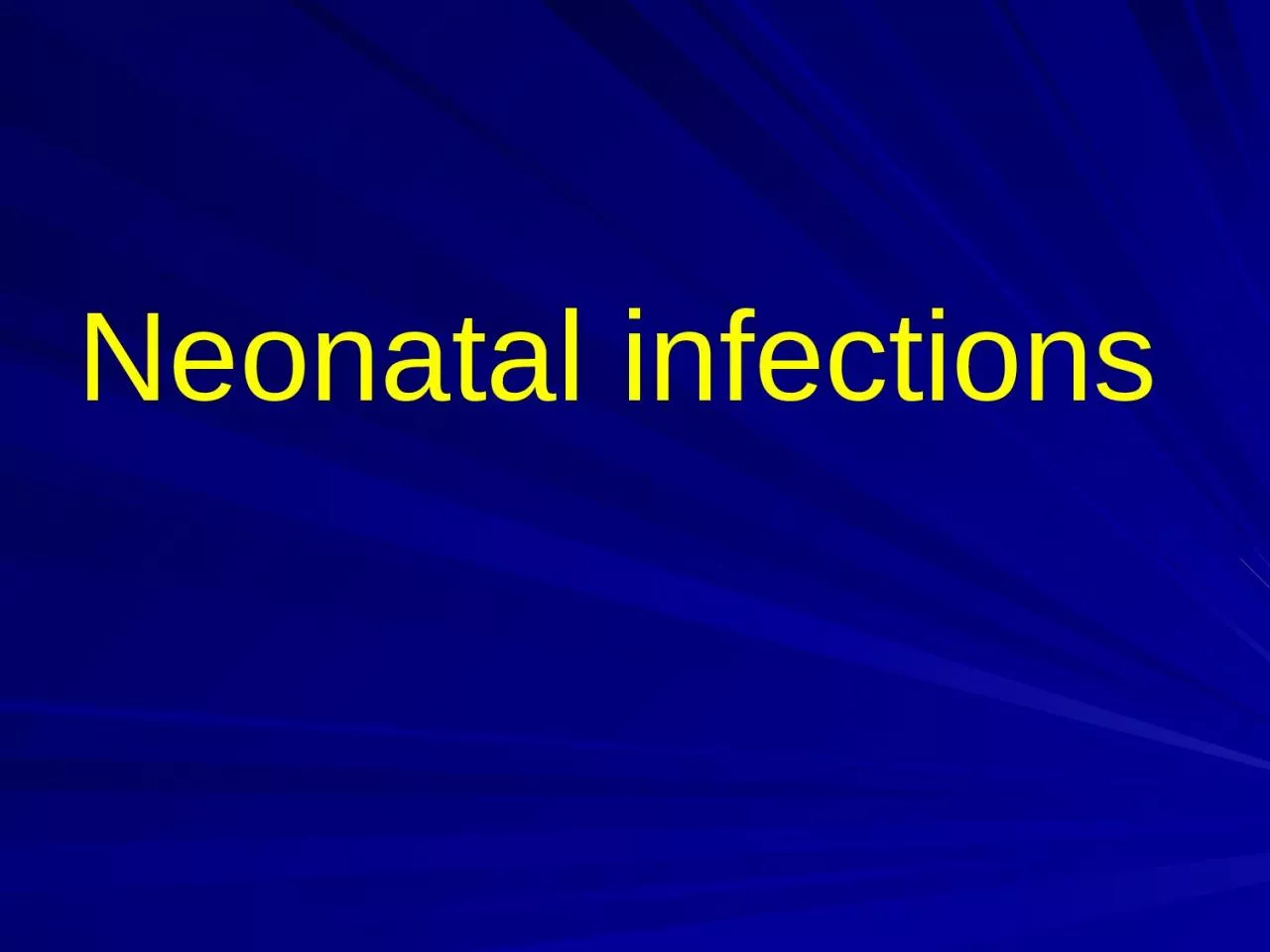
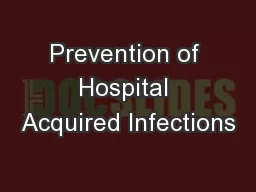
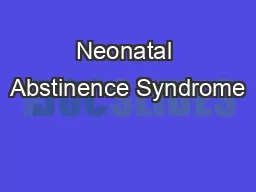
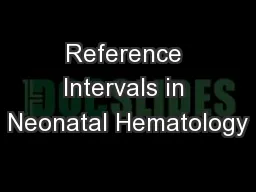
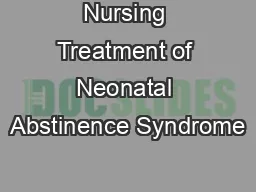
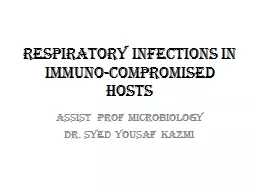
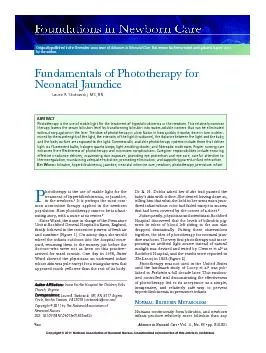
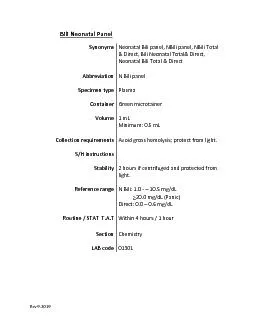
![[READ] - Neonatal Intensive Care Nurse Exam Secrets Study Guide: Neonatal Nurse Test](https://thumbs.docslides.com/902492/read-neonatal-intensive-care-nurse-exam-secrets-study-guide-neonatal-nurse-test-review-for-the-neonatal-intensive-care-nurse-exam.jpg)
